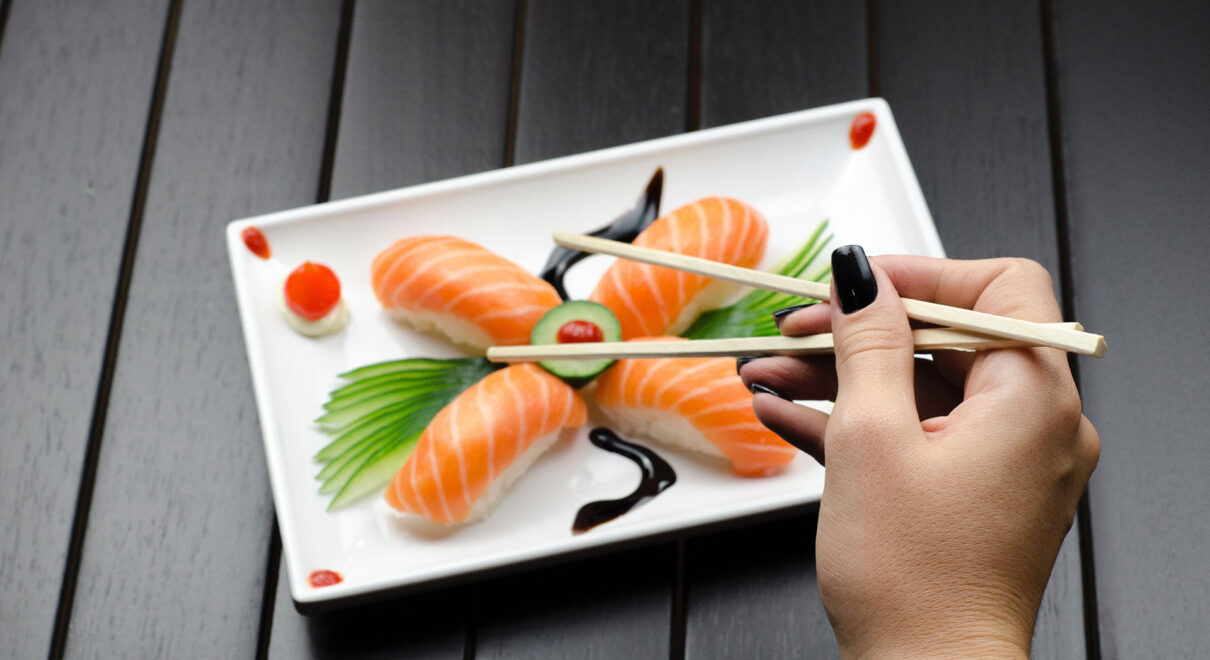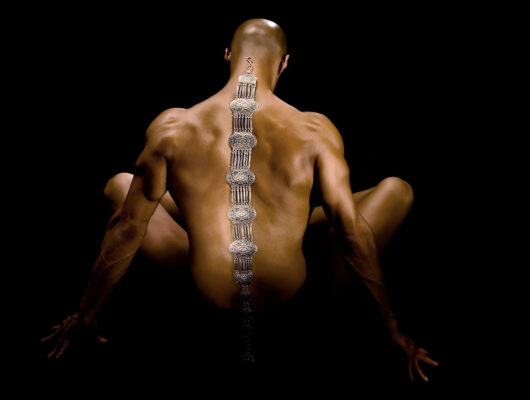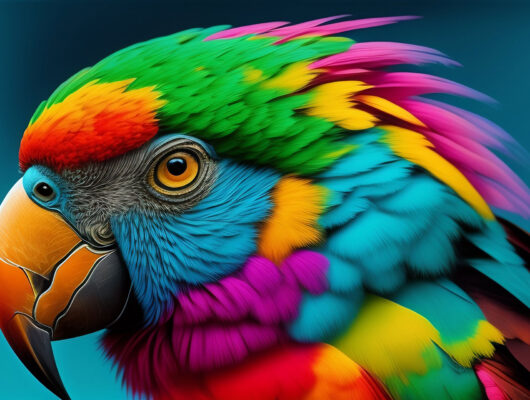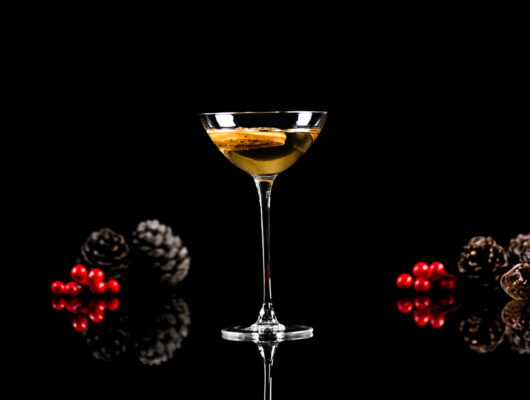Perfecting sushi photography requires a keen eye for detail and understanding the uniqueness of this culinary art. Here are 10 essential tips that will enhance your sushi photography, ensuring your images capture the true essence of this exquisite cuisine.
1. Understanding Sushi
Sushi, a renowned Japanese dish, is predominantly about the vinegared rice paired with raw or cooked seafood, and diverse fillings or toppings. It’s a common misconception that sushi focuses primarily on raw fish. Sushi comes in various forms, and the right food styling is crucial to portray its elegance.
2. Mastering Light Sources
In sushi photography, lighting is crucial. Natural light is the best ally for food photographers, offering a warmth and clarity that artificial lights in restaurants often can’t match. Aim to capture your sushi in soft, natural light, preferably near a window. If natural light isn’t available, find the brightest spot in the restaurant.
3. Presenting Sushi Tastefully
Respect the sushi chef’s craftsmanship by minimizing alterations to the presentation. Choose angles that showcase the sushi’s perfection, avoiding busy backgrounds that could detract from its simplicity and elegance.
4. Capturing More Than Just Sushi
Sushi isn’t just about food; it’s about the ambiance and the culinary experience. Capture the essence of the sushi restaurant, including the chef in action, the setting, displayed ingredients, and any fine details that contribute to the story of the dish.
5. Detail-Oriented Photography
Focus on the textures, colors, and presentation of sushi. Whether it’s Nigiri, Maki, or a Sushi Roll, each type has unique elements worth highlighting. Capture the vibrancy and freshness that make sushi visually appealing.
6. Simplifying Sushi Plating
Excessive garnishes or sauces can overwhelm the frame. Work with the chef to find a balance in plating that highlights the sushi’s quality without hiding it beneath too many additions. The aim is to enhance, not overpower, the natural beauty of the sushi.
7. Optimal Angles for Composition
Every sushi piece has its ideal angle that best showcases its characteristics. Experiment with different perspectives – top-down, side angles, or close-ups to find the one that brings out the unique features of each sushi type.
8. Incorporating Props Wisely
Simple props can complement your sushi photography. Use elements that align with the sushi’s style and color palette. Props should add context and depth to the image without stealing the focus from the sushi.
9. Documenting the Sushi Creation Process
Capture the art of sushi-making. Photographing the process, from slicing the fish to the final plating, adds an educational and engaging layer to your story.
10. Choosing the Right Background
The background should complement and not compete with the sushi. Opt for neutral tones and textures that make the colors and details of the sushi pop.
Frequently Asked Questions
1. What makes sushi photography different from other types of food photography?
Sushi photography is unique due to the intricate details and vibrant colors of sushi. Capturing the freshness and texture of the ingredients, especially raw fish, requires specific lighting and composition techniques.
2. How important is lighting in sushi photography?
Lighting is crucial. Natural light is typically the best choice for highlighting the delicate textures and colors of sushi. Soft, diffused light brings out the best in sushi, avoiding harsh shadows and overexposure.
3. What are the best angles for photographing sushi?
This depends on the type of sushi. For rolls (Maki), a top-down angle works well, while side angles are great for Nigiri to showcase the fish’s texture. Experiment with different angles to find what best highlights each piece’s unique qualities.
4. Should I use a macro lens for sushi photography?
A macro lens is highly beneficial for capturing the intricate details of sushi. It allows you to get close-up shots without losing focus or detail, making it ideal for showcasing the textures and ingredients of sushi.
5. How can I make the colors in my sushi photos pop?
Aside from good lighting, post-processing can help enhance the colors. Adjusting the saturation and vibrance settings can make the colors more vivid, but be careful not to overdo it and lose the natural look of the sushi.
6. What background should I use for sushi photography?
Neutral and non-distracting backgrounds are best. Simple textures and muted colors like black, white, or wooden tones allow the sushi to stand out without competing for attention.
7. How can I effectively use props in sushi photography?
Props should complement the sushi and add context. Consider using traditional Japanese dishes, chopsticks, or ingredients like wasabi and ginger. Ensure the props don’t overshadow the sushi itself.
8. What tips do you have for capturing the sushi-making process?
Focus on the chef’s hands and movements, capturing the precision and artistry of sushi-making. Use a wider aperture to keep the focus on the subject while softly blurring the background.
9. How do I avoid reflections in my sushi photographs?
Use polarizing filters to reduce glare and reflections, especially when photographing sushi with shiny surfaces like fish slices. Adjusting the angle of your camera and the light source can also minimize unwanted reflections.
10. Any tips for beginners in sushi photography?
Start by understanding the basics of your camera and practice with different settings. Observe the light and how it interacts with the sushi. Don’t be afraid to experiment with angles and compositions. Most importantly, understand and respect the sushi as a subject and work to capture its essence.
Elevating Sushi Photography
Mastering sushi photography involves understanding the dish’s essence, respecting its presentation, and using light and angles to your advantage. These tips are designed to elevate your sushi photography, turning each image into a captivating story of culinary art.
Remember, sushi photography is not just about capturing food; it’s about telling the story of a culinary tradition through your lens.








